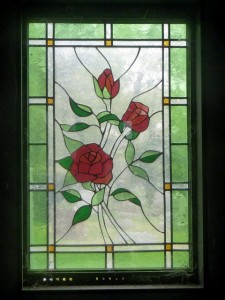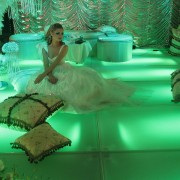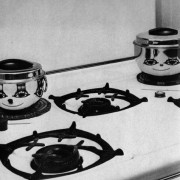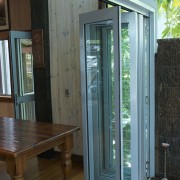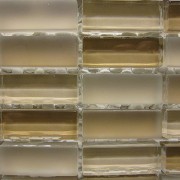Glass paint décor in your home
Glass paint is safe for home decorating
Stained glass is re-emerging at a time when environmentalists and regulators are raising serious questions about the safety of stained glass. During manufacturing, toxic metals are added to molten glass to produce the vibrant colors that make stained glass so desirable. During the firing process, these toxins can be released into the air. The danger doesn’t stop there.
Older stained glass pieces often contain lead edging called came. Louis Tiffany Comfort, who was famous for his stained glass artwork, used often use copper came. That gave his pieces a distinctive look. Unfortunately, stained glass work made with lead came sheds lead dust. Lead is a powerful neurotoxin, so traditional stained glass art made with lead came (and the areas around it) must be cleaned regularly to avoid accidental lead exposure.
What most people don’t know is that “stained glass” made from about the 1300’s to the 1800’s was actually painted glass. It wasn’t until the 1800’s that artisans in Europe revived the older stained glass manufacturing techniques that rely on metal inclusions. Many of the most recognizable stained glass works in Europe are actually painted glass.
Painted glass provides a wide range of artistic options because it can include virtually any color. The glass painting process also doesn’t rely on lead came to bind the piece together. By eliminating heavy metals in glass production and lead in the finished product, painted glass artwork is actually safer to install and maintain in residential applications.
While the painted glass windows in Europe relied on a firing process to cure the paint, modern glass paints like GlassPrimer™ glass paint are designed to bond directly to the glass surface. The paint actually modifies the surface of the glass to promote permanent adhesion. Once GlassPrimer™ glass paint is cured, it will not chip or peel. Since it does not slough off toxic dust, it is safe for use in residences.
If you’d like more information about GlassPrimer™ glass paint, or you’d like to explore how it can be used in your home, please visit the rest of our site.
Photo Credit: yooperann, via Flickr

